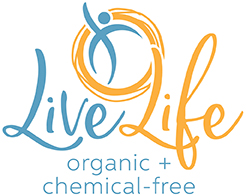Resources + Studies
Below are some of the studies, third-party white papers, and other helpful documents about the health effects of chemicals in our everyday products: Quotes from Studies “… lotions, paints and other products contribute about as much to air pollution as the transportation sector does, said lead author Brian McDonald, a CIRES scientist working in NOAA’s Chemical Sciences Division.” “…health improvements are associated with pollution decreases, even below the international standard.” – American Thoracic Society, Health Benefits of Air Pollution Reduction “Indoor Air Quality (IAQ) is proven to have significant impacts on people’s comfort, health, and performance.” – Indoor Air-Quality Data-Monitoring System: Long-Term Monitoring Benefits “Poor indoor air quality can cause or contribute to the development of infections, lung cancer and chronic lung diseases such as asthma.” – American Lung Association “Increased ventilation will not…
